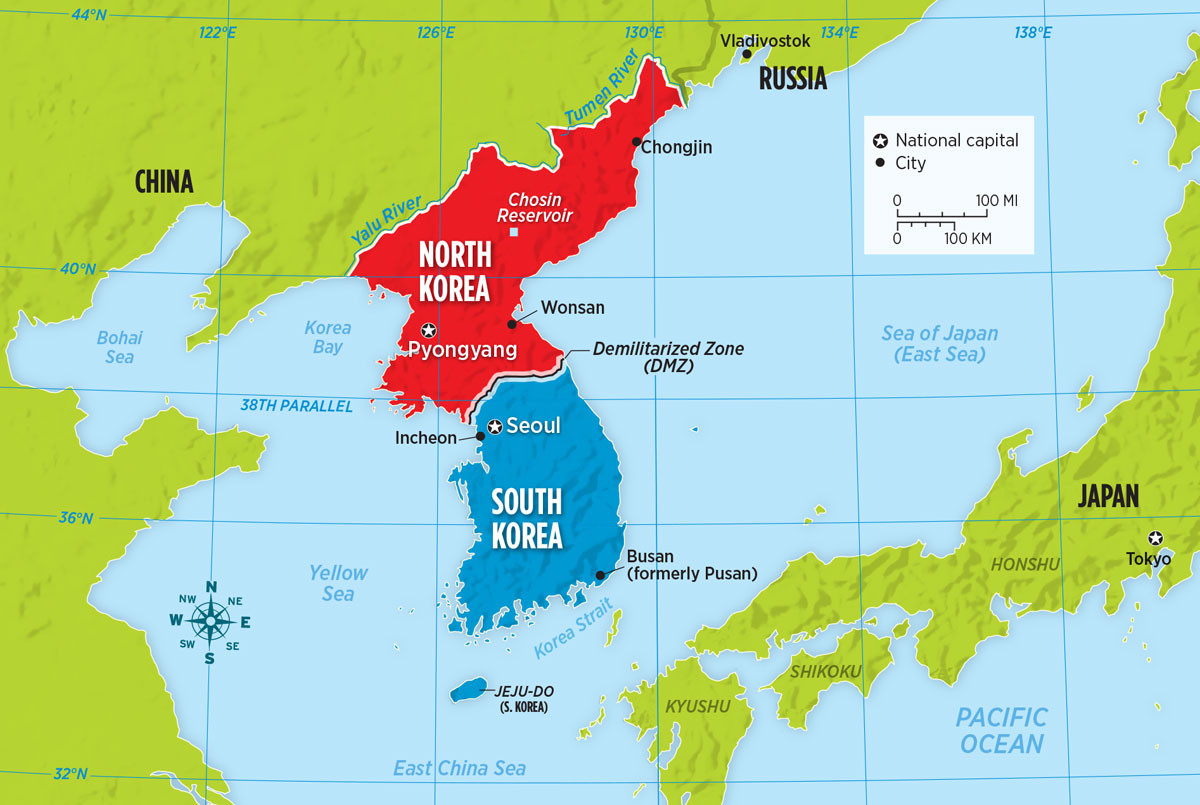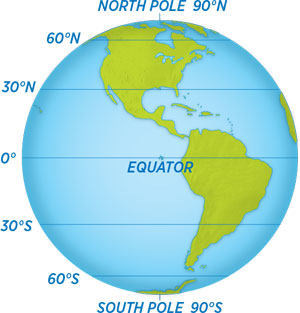Just a year ago, the world was bracing for a possible nuclear war between the United States and North Korea. That summer, the isolated
Then, on the morning of June 12, 2018, the seemingly unthinkable happened. The two countries put aside their decades-long hostility and vowed to work together for peace—at least for the moment. Trump and Kim shook hands at a hotel in Singapore, marking the first time a sitting U.S. president has met with a leader of North Korea.














